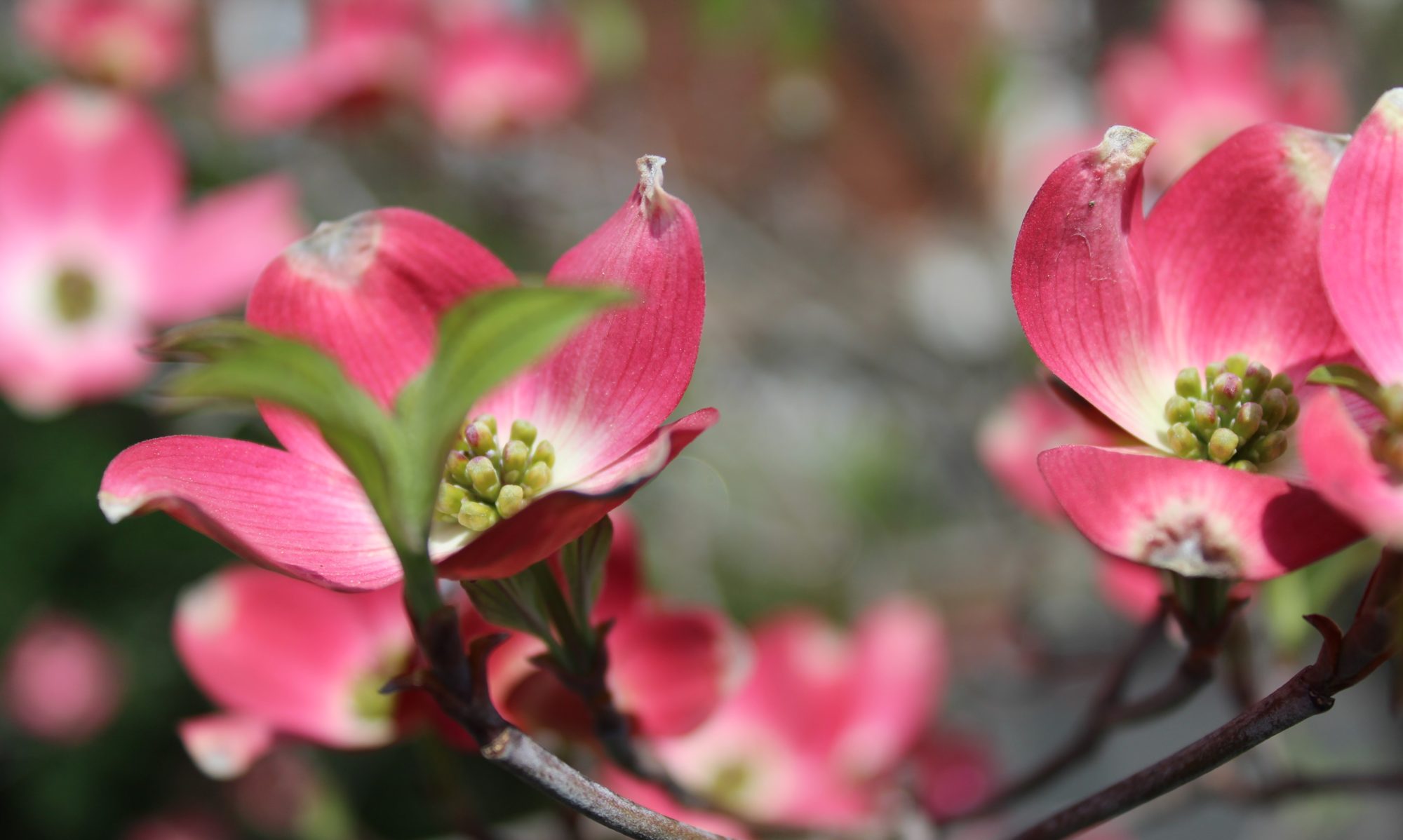I have a particular fondness for cows based entirely upon observation rather than hands-on experience. They are very present in the landscape where I live, often as immobile as the boulders and stone walls that surround them. From a distance, they seem to live an idyllic life (if one neglects to consider their ultimate sacrifice). Even their scent has associations of fertility rather than excrement.

Imagine my joy upon arrival in the South of Burgundy to see not only cows, but white cows, lounging like so many odalisques in a harem. These sizable ladies and their muscular male counterparts are Charolais, bred in the region and taking their name from the near-by town of Charolles and the commune (region) of Charolles in the Saone-et-Loire department of Burgundy.

The first documentation of these beauties is in the latter part of the 9th Century. It is likely that these cattle are native to the region. By the 15th Century, Charolais cattle were a source of meat and income throughout the region. While they are raised specifically for meat, they historically were also used as draft animals and for milk.

Charolais grow quickly, have few health issues, are relatively docile, and adapt well to a variety of feed (grass based or intensive). They are muscular and produce high quality meat in quantity. They birth easily. In other words, they serve their purpose well.
I did not try Charolais meat. It felt a bit too much like eating a neighbor. The cows are absolutely lovely to watch, even when they are simply lounging in the pasture. They have a distinctive look with their creamy complexion and pink muzzles. They also have a distinctive smell (perhaps partly attributable to the 100*+ weather) which is sharp but not particularly unpleasant.

In recent years, some farmers have been cross-breeding the Charolais. The calves are usually born with a pinkish hue that develops as the calf grows. Sometimes the calves retain the Charolais coloring, but more often than not the calves become piebald as they grow. There many calves in evidence, and on a few days I had to stop the car just to watch them wobble across the pasture or chase frantically behind their casually strolling mother.
